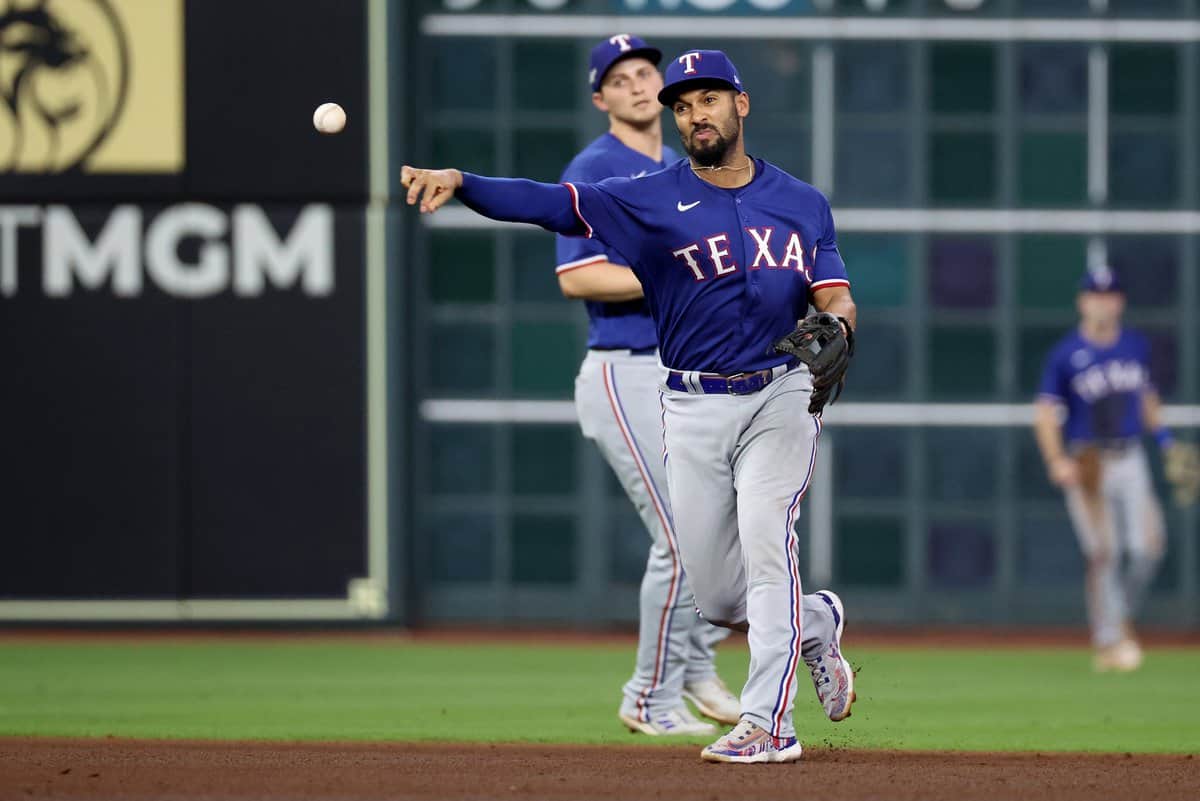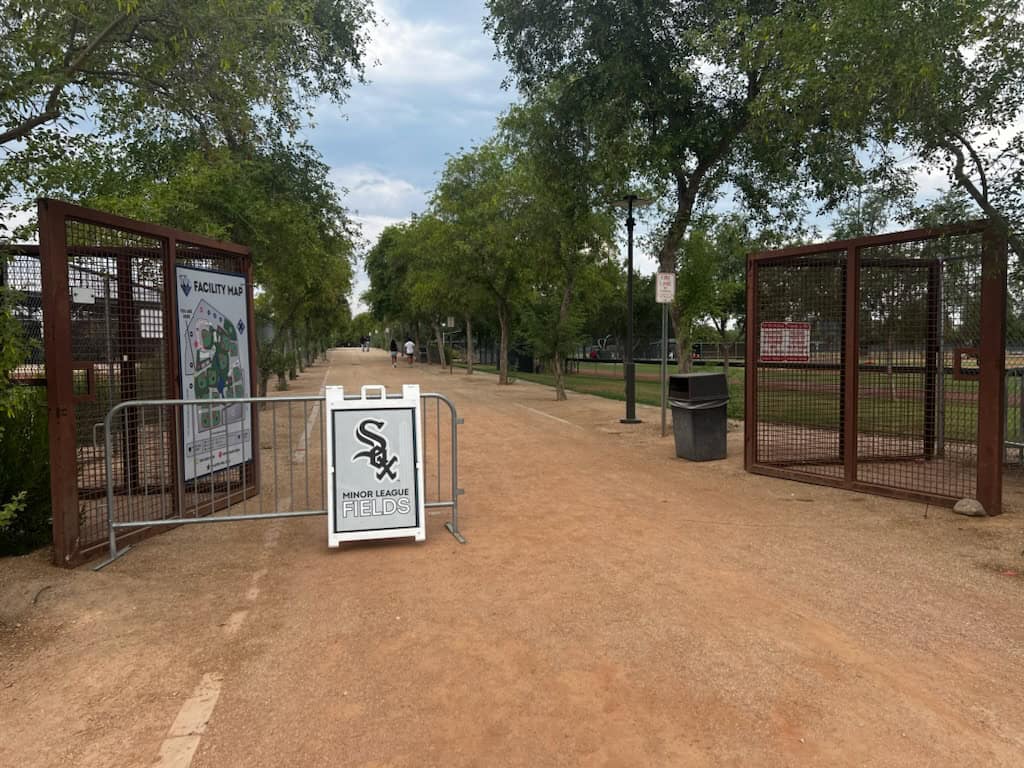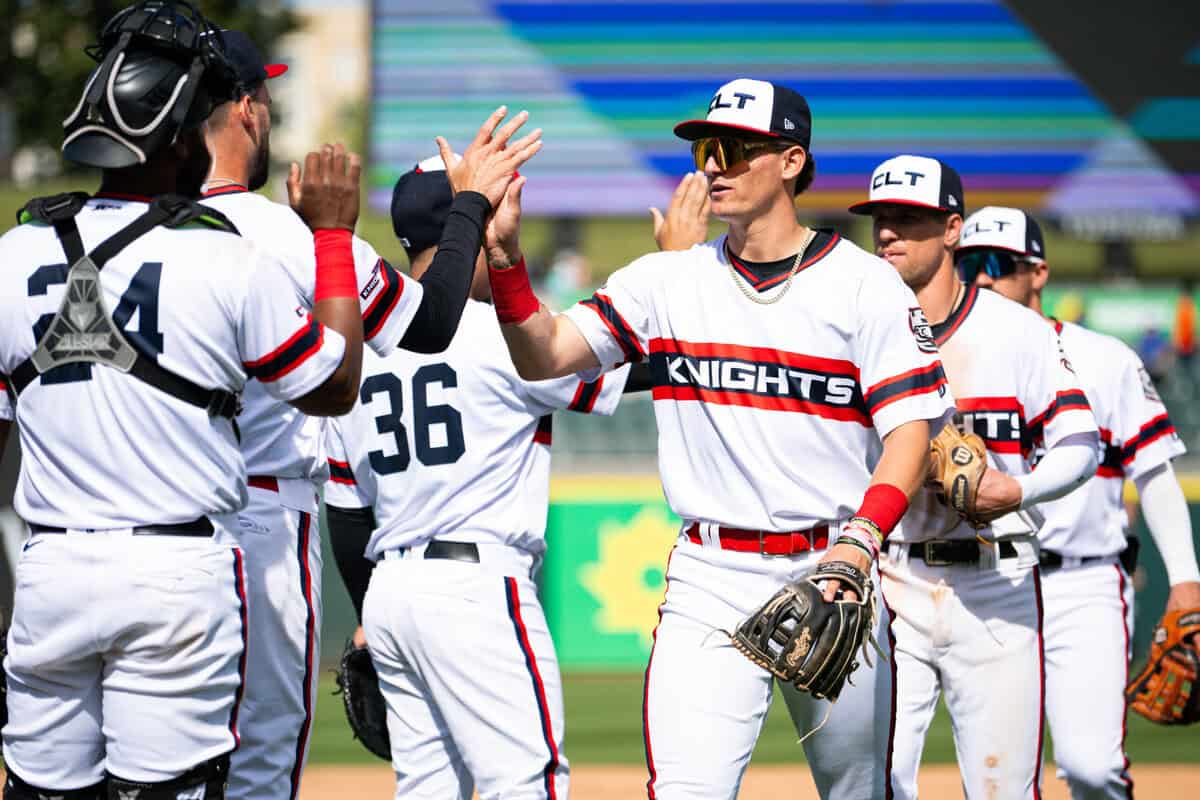"You miss 100 percent of the shots you don't take" is a quote that Rick Hahn used on at least a couple of occasions over his tenure as White Sox general manager. Curiously, both times I could find involved NPB free agents.
Back in 2014, the White Sox made what appeared to be a legit run at Masahiro Tanaka after the Rakuten Golden Eagles posted him, offering him a reported nine-figure deal that ran with some of the league's higher bidders. They didn't figure to be a favorite with the moneyed teams on the coast also participating, but Hahn said about the process:
"We view this as a situation where you miss 100 percent of the shots you don't take, and it was worth the effort," Hahn said in a Wednesday evening conference call. "We saw Mr. Tanaka as a player who could complement and fit in nicely to some of the other things we've accomplished over the last several months."
Four years later, the White Sox were limited to a $300,000 offer for Shohei Ohtani due to the penalty incurred by blowing out their budget to sign Luis Robert, but given that Ohtani could only sign for something like $3.5 million due to the new international restrictions, every offer was relatively meager, so the Sox had nothing to lose by maxing out.
"We know this is a long shot, as I said. We do have a responsibility to leave no stone unturned, exploring every avenue to be in the best position going long term. You miss 100 percent of the shots you don't take, said Wayne Gretzky and Michael Scott. That is our approach to this one. We will take our best shot."
I thought of this line watching the Texas Rangers go from a 102-loss team in 2021 to the American League champions two years later. Majority owner Ray C. Davis forced open a window of contention by opening the purse strings for Marcus Semien (seven years, $175 million) and Corey Seager (10 years, $325 million). When that merely resulted in a 68-94 record, the Rangers fired team president Jon Daniels and manger Chris Woodward, lured Bruce Bochy out of recent retirement, and signed Jacob deGrom (five years, $185 million), Nathan Eovaldi (2 years, $34 million), and retained Martin Perez on a $19.65 million qualifying offer.
On one hand, that's a lot of brute-force spending. On the other, the Rangers' Opening Day payroll was just $10 million more than the White Sox's, $199.6 million to $189.2 million.
How could it be that close despite all of those sizable contracts? Better position-player development is one, as the Rangers paid Adolis García, Jonah Heim, Leody Taveras, Josh Jung and Evan Carter only six figures apiece. After Seager and Semien, the highest-paid position player on the Opening Day roster was Nate Lowe at $4.05 million.
Also, in contrast to the White Sox's bullpen-first strategy, the Rangers cut corners assembling a relief corps, as the White Sox spent three times as much in that department.
| White Sox | Salary | Rangers | Salary |
|---|---|---|---|
| Liam Hendriks | $14.3M | Jose Leclerc | $6M |
| Joe Kelly | $9M | Ian Kennedy | $2.25M |
| Kendall Graveman | $8M | Will Smith | $1.5M |
| Aaron Bummer | $3.75M | Taylor Hearn | $1.4625 |
| Reynaldo López | $3.625M | Jonathan Hernandez | $995K |
| Jake Diekman | $3.5M | Brock Burke | $724,840 |
| Jose Ruiz | $925K | Dane Dunning | $724,840 |
| Jimmy Lambert | $735K | Cole Ragans | $724,145 |
| Total | $43.835M | Total | $14.38M |
That difference in bullpen spending would've more than covered Semien's $26 million salary for the season.
Of course, the Rangers eventually had to invest in their bullpen by trading for Aroldis Chapman and Chris Stratton, but Texas' best reliever in the postseason has been Josh Sborz, and he didn't even break camp with the team. If you have enough offense and starting pitching, bullpens can eventually sorted out, as the 2019 Nationals proved, and the Rangers further copied from that playbook by beating the Astros in seven games without winning one at home.
The White Sox tried to build a team backward, and while Liam Hendriks' cancer diagnosis ultimately foiled the strategy, it didn't stand a chance in the first place, not with everything else that went wrong. The bullpen can only protect 100 percent of the leads that get to them.
This flaw in the plan was evident when the White Sox signed Hendriks back in 2021, because it was the same problem the Sox ran into when they tried to accelerate their first rebuild by paying David Robertson more than any other free agent.
There’s nothing to dislike about having Hendriks in the White Sox bullpen. He’s been the best reliever in the game the last couple of years, and the Sox saw up close during the wild card series how much trust he earned from his manager. The Sox needed a pure strikeout guy, and Hendriks delivers an alarming amount of them.
If excitement is muted, it has more to do with Hendriks’ role than the pitcher himself. His work can only be properly enjoyed if his teammates do well enough in the first eight innings. Robertson fell short as the crowning piece of the 2014-15 offseason because he didn’t get enough of those leads. He personally earned his $46 million deal, yet the White Sox did not get their money’s worth because they did not have a single winning season over Robertson’s term.
Compounding the problem, the Sox proritized relievers over the next three acquisition periods, which is how they ended up with a $44 million bullpen. Hahn spent past the point of diminishing returns, and it ended up being payroll weight they couldn't carry when the ship started sinking.
The counterpoint is that Jerry Reinsdorf wouldn't have approved a Semien-grade contract even if Hahn only spent $15 million on the bullpen. That's indeed a problem at the ownership level, but it doesn't absolve Hahn and Kenny Williams. They allocated franchise-record outlays the last two years in the worst way possible, especially since it replicated the mistakes the last time they got the chance to run the rebuild, because it turns out they only had one idea for working around the constraints.
That gets back to the debate about whether Hahn ultimately delivered on his vow that "the money will be spent," but the good news is that either answer ends up in the same place. Technically, they did spend quite a bit of money, but they did so terribly. But if "the money" implied a Semien/Seager/Machado/Harper-grade contact, the Sox broke that promise.
Hahn tried to point the fine print as if it held any standing in the court of public opinion, but he knew what he meant. He also learned what Wayne Gretzky and Michael Scott meant. When you're perfectly set up to take that wide-open shot, passes might as well be misses.






